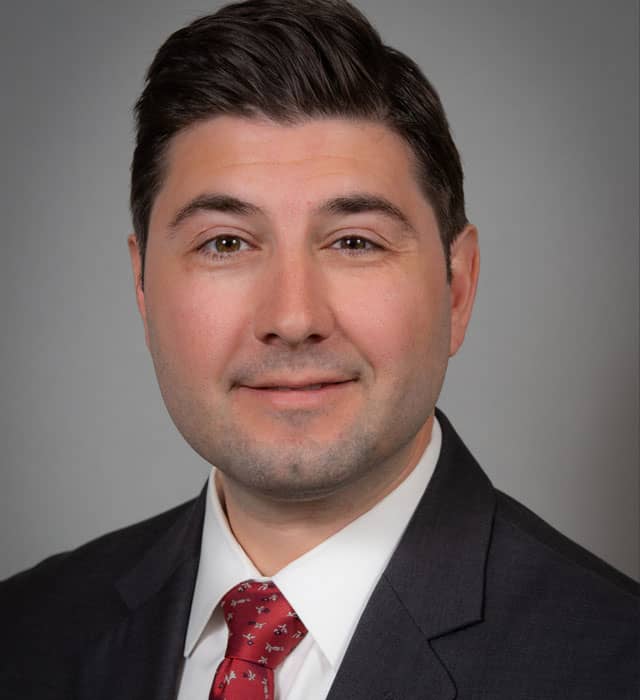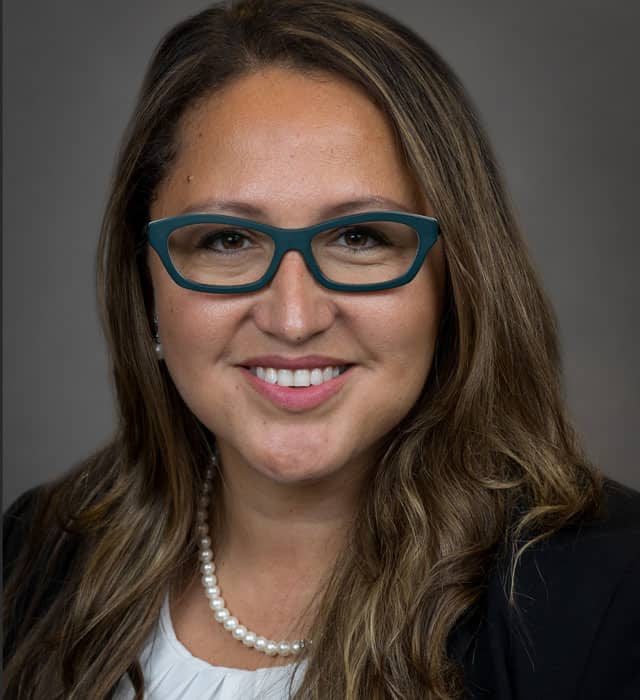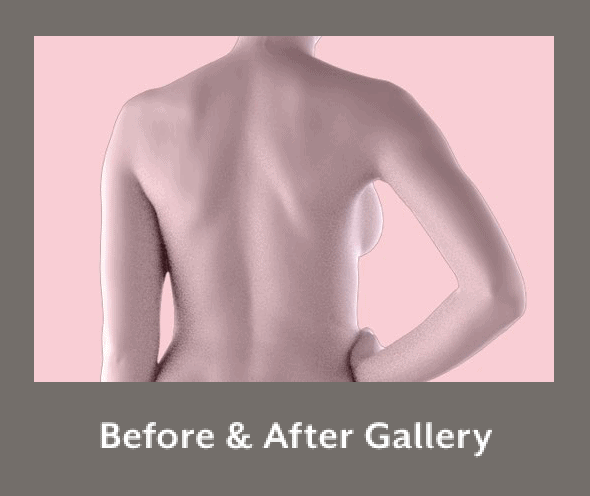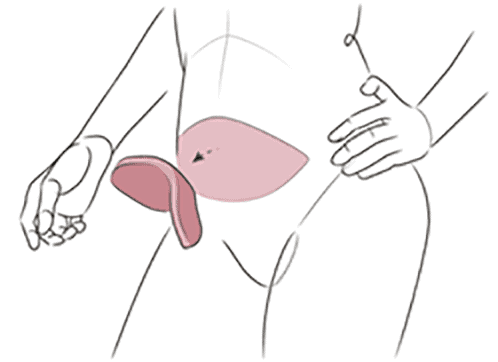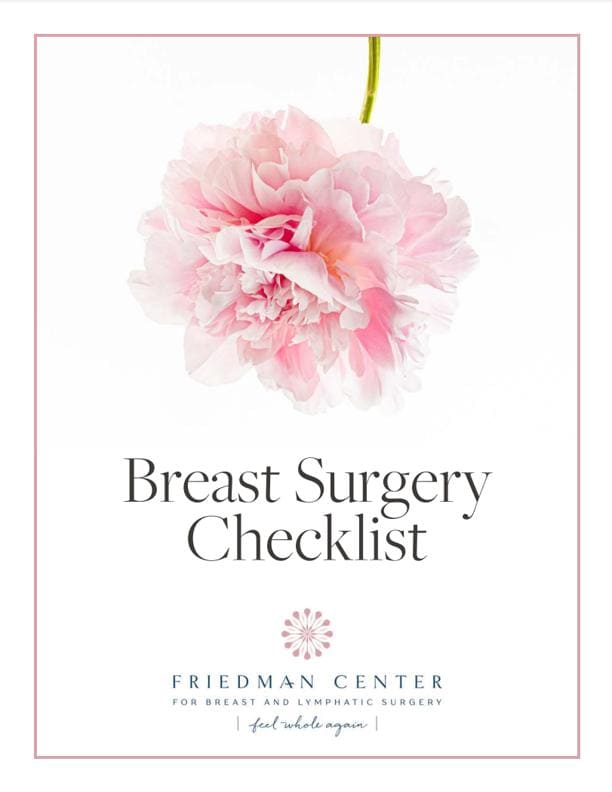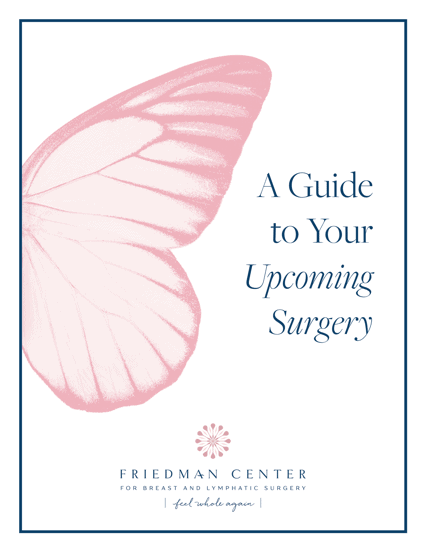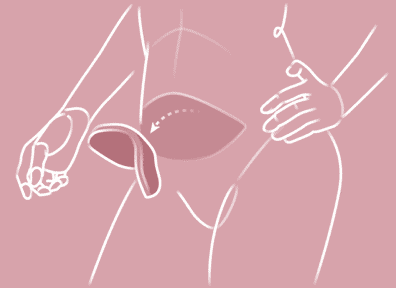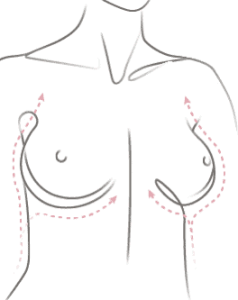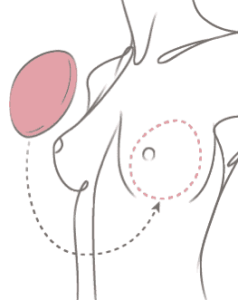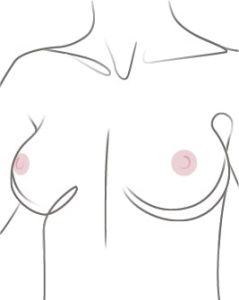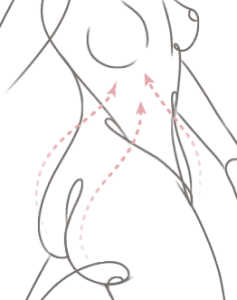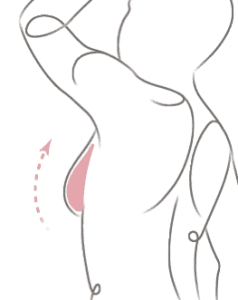Revisions & Enhancements » Implant Replacement
Implant Replacement

On this page

On this page
Implant replacement is a common procedure: 1 out of 5 patients who have implants need some sort of revision procedure over time.
Common reasons for implant replacement include capsular contracture, implant rupture, age of the implant, desire to change size/shape, and the desire to replace implants with your own natural tissue.
If you are having an issue, you may need to change out your implants.
Corrective Surgery for Implant Problems
Implants may need to be replaced due to one of several problems:
Capsular Contracture
Scar tissue or a “capsule” forms around the implant, causing the implant becomes hard and loses its shape. Capsular contracture is the most common problem with implants. It usually, but not always, causes pain and requires implant replacement.
Displacement
Sometimes breast implants can shift or become displaced over time, leaving them asymmetrical and in the incorrect position. This can be the result of many different factors, such as gravity, choosing implants that are too large, problems with the breast skin, loss of skin elasticity, or the poor result of the initial implant placement from a prior breast reconstruction.
Extrusion
In rare cases, an implant becomes displaced in such a way that it is exposed, or extruded, through the skin. This is most common when an incision from breast surgery or reconstruction doesn’t heal properly. Implants that have been extruded will need to be replaced.
Hyperanimation
Also known as animation deformity, hyperanimation is a common condition that occurs when the pectoralis (chest wall) muscle no longer covers the implant, causing it to move excessively. Excess movement is most noticeable when a woman flexes or moves her upper body. Certain forms of exercise can make hyperanimation worse, but it can be corrected with additional surgery to completely cover the implant with the pectoralis muscle.
Rupture
The implant develops a hole or leak, causing changes in breast shape, size and firmness, as well as swelling and pain. All implants are vulnerable to rupture, which is caused by normal aging or trauma to the breast.
The FDA recommends MRI implant screening 3 years after initial implant surgery and every 2 years after that to monitor for “silent rupture.” If at any time you think your implant has ruptured, consult with your plastic surgeon.
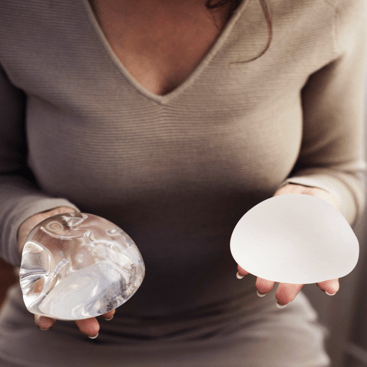
Replacing Aged Implants
While there is no exact time frame for replacing your implants, they generally need to be replaced every 10-20 years. If you monitor your implants with self exams, physician exams, and MRIs, you do not need to automatically replace them every 10 years. Most plastic surgeons only recommend replacing your implants if you’re experiencing symptoms or if the implants are at the end of their lifespan.
Removing Textured Implants
Due to the rising concern over the association of certain types of textured implants with an increased risk of BIA-ALCL, a type of non-Hodgkin’s lymphoma (cancer of the immune system), the U.S. Food and Drug Administration has requested a box warning on implant packaging for textured breast implants.
Although the risk of developing BIA-ALCL is thought to be low, occurring in less than 0.03% of patients, this could potentially be a serious condition if not diagnosed early and treated promptly. It is not currently recommended that a patient have textured implants removed unless they are having symptoms such as swelling from fluid collection, pain, rash or a mass.
The Food and Drug Administration has specifically stated “If you have no symptoms, we are not recommending the removal of these or other types of breast implants due to the low risk of developing BIA-ALCL”.
If you are an asymptomatic patient who is anxious about your textured implants, please consult with your plastic surgeon.
Replacing Implants for Natural Tissue
Another option is to have your implants removed and replace them with natural tissue taken from another part of your body, also known as flap reconstruction. Some women pursue this option when they’re unhappy with their implants or when their implants are at the end of their lifespan.
Studies have shown that quality of life and patient satisfaction level is significantly higher in women who have had flap reconstruction versus implants. Flap construction provides a warm, soft breast created from the patient’s own skin and fat. There is no risk of rupture and other complications associated with implants, and ongoing screening is not required after reconstruction surgery is not required.
The DIEP flap procedure, which uses abdominal tissue for breast reconstruction, is an advanced microsurgical procedure and the most common type of reconstruction performed at the Friedman Center. Our surgeons have performed thousands of DIEP flap surgeries with a success rate of over 99%.

Things to Consider
Your options for correcting implant problems will depend on your individual situation:
- You may be able to replace a current implant with one that is a different size, projection, and level of firmness.
- If you don’t have enough skin to stretch over an implant, or if the skin is too thin, you may be a good candidate for hybrid reconstruction (combining a small implant with natural tissue) or flap reconstruction.
- Exchanging older implants for new ones is usually a same day surgery. Replacing implants with natural tissue reconstruction is more complex and requires a longer recovery time.
Additional Choices and Alternatives
Your surgeon may recommend one or more revision and enhancement procedures to give you the best possible results for your breast reconstruction. Your personal preferences play an important role in decision-making about the final aesthetic outcome.












